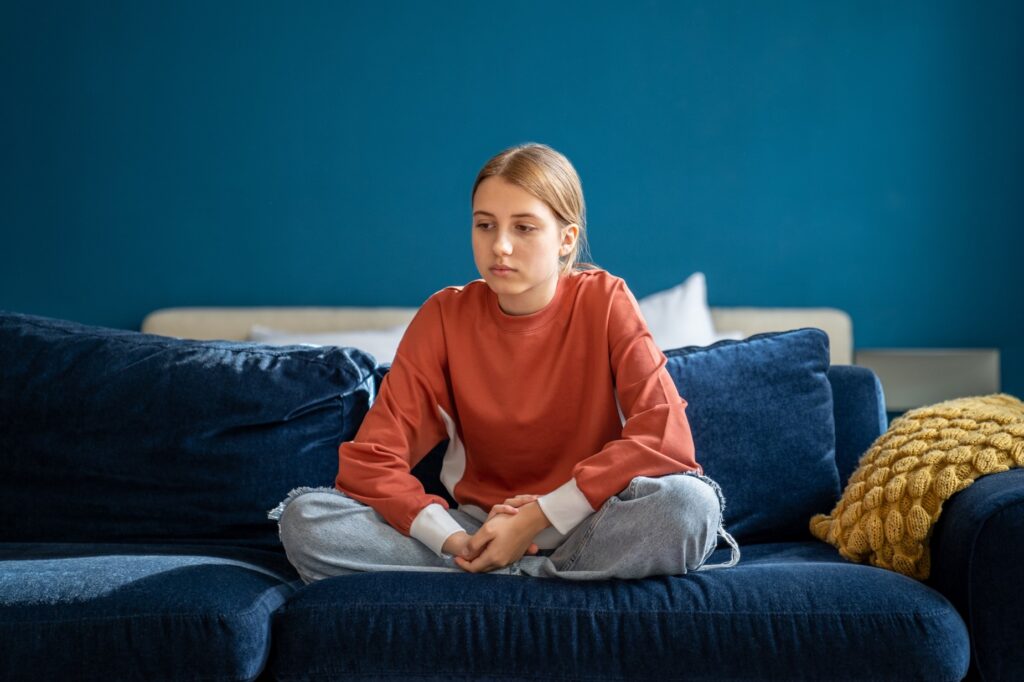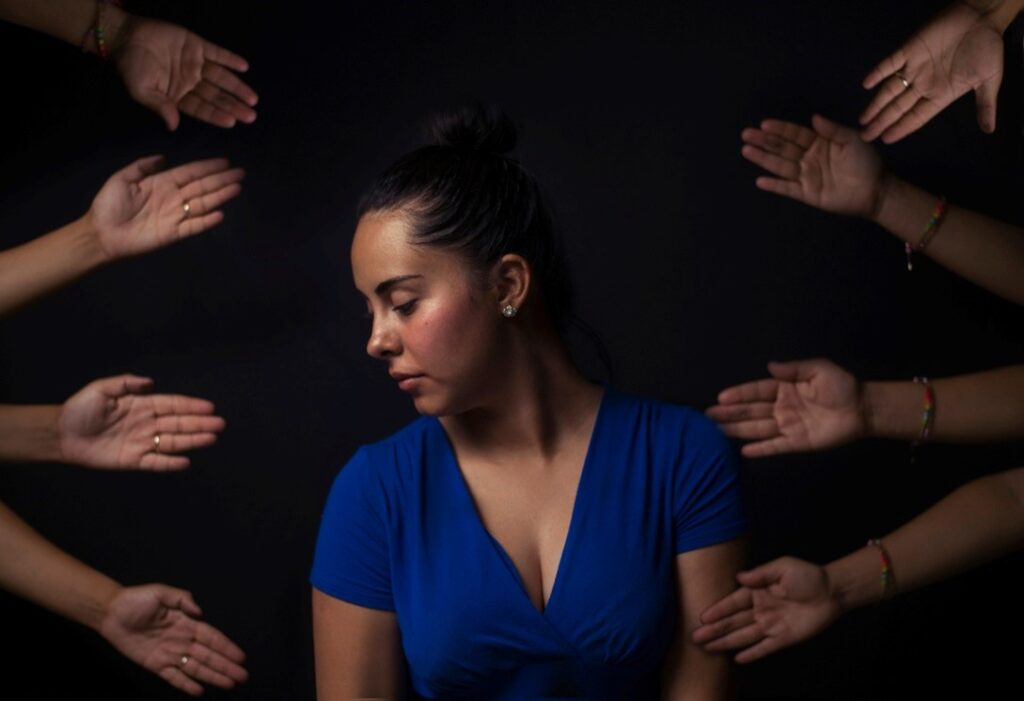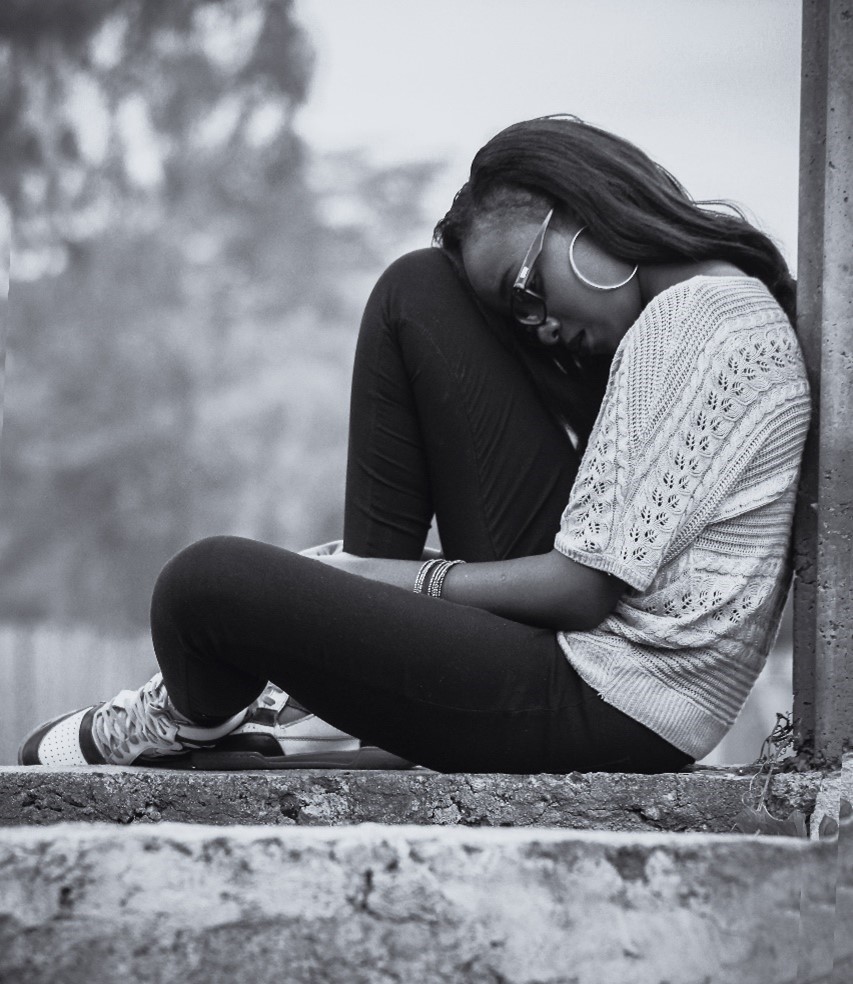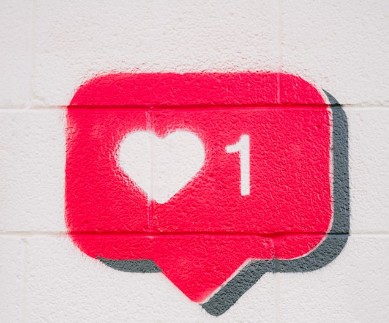
Adolescence is a pivotal stage marked by significant physical, emotional, and social changes. While it’s normal for teenagers to experience occasional mood swings and stress, persistent feelings of sadness, anxiety, and hopelessness may indicate the presence of underlying mental health conditions such as depression or anxiety. Recognizing the signs and providing support is crucial for helping teenage girls navigate these challenges and promoting their overall well-being.
Understanding Depression and Anxiety in Teenage Girls
Depression and anxiety are common mental health disorders that affect millions of teenagers worldwide. In teenage girls, these conditions may manifest differently than they would in adults, making them challenging to identify. Depression is characterized by persistent feelings of sadness, loss of interest in activities, changes in appetite or sleep patterns, and difficulty concentrating. Anxiety, on the other hand, may present as excessive worry, restlessness, irritability, and physical symptoms such as headaches or stomachaches.
Recognizing the Signs
Recognizing the signs of depression and anxiety in teenage girls is crucial for early intervention and support. Eva Carlston Academy notes that some common signs to watch out for include:
- Changes in behavior: Withdrawal from social activities, loss of interest in hobbies, or avoidance of previously enjoyed activities.
- Mood swings: Extreme mood swings, irritability, or sudden outbursts of anger.
- Changes in sleep patterns: Difficulty sleeping or oversleeping, frequent nightmares, or fatigue.
- Changes in appetite: Significant changes in eating habits, including loss of appetite or overeating.
- Physical symptoms: Headaches, stomachaches, or other unexplained physical symptoms.
- Academic or performance decline: Sudden academic performance decline, frequent school absences, or difficulty concentrating.
- Self-harm or suicidal thoughts: Expressions of self-harm or suicidal thoughts, including talking about death or suicide.
Addressing Depression and Anxiety
Addressing depression and anxiety in teenage girls requires a comprehensive approach that involves both professional support and parental involvement. Here are some strategies to consider:
- Open communication: Create a supportive environment where teenage girls feel comfortable expressing their feelings and concerns without judgment.
- Seek professional help: Encourage teenage girls to seek help from a mental health professional, such as a therapist or counselor, who can provide individualized treatment and support.
- Encourage healthy habits: Encourage healthy lifestyle habits, such as regular exercise, balanced nutrition, and sufficient sleep, which can help improve mood and reduce symptoms of depression and anxiety.
- Promote social connections: Encourage teenage girls to maintain their social connections with friends and family, participate in social activities, and seek peer support.
- Monitor and support: Monitor teenage girls’ behavior and mood regularly, and be sure to offer support and encouragement when needed. Let them know they are not alone, and that help is available.
- Educate yourself: Educate yourself about depression and anxiety in teenage girls, including the common signs and symptoms, treatment options, and ways to offer support.
Recognizing and addressing depression and anxiety in teenage girls is essential for promoting their mental health and well-being. By understanding the signs, providing support, and seeking professional help when needed, we can help teenage girls navigate these challenges and thrive during their most critical stage of development. Teenage girls can learn to manage their symptoms, build resilience, and lead fulfilling lives with early intervention and support.














